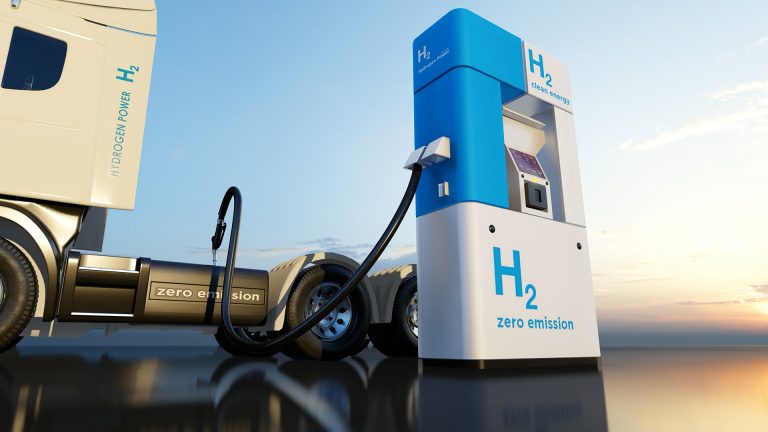The government of Oman’s ambitious targets to expand local green hydrogen production could support key credit metrics, such as GDP, fiscal revenue and the balance of payments, over the long term against the backdrop of the global energy transition, according to a new report.
Fitch Ratings in a report on Thursday said the government aims to raise renewable energy-based hydrogen production to at least one million metric tonnes (mt)/year by 2030, rising to at least 3.25 million mt by 2040 and 7.5 million mt by 2050. Local state-owned enterprise (SOE) Hydrogen Oman (Hydrom) signed six investment agreements, worth over $38 billion, with partners in 2023.
The main impact of the green hydrogen development plan in the near term is likely to be on investment, external metrics and employment. The significant inflows of foreign direct investment (FDI) would boost gross domestic product (GDP), but the lift would be counterbalanced by rising imports for project delivery. “We estimate that in-country value-added requirements for these investments will support existing GDP and ancillary sectors,” Fitch ratings said.
The projects’ exports would support Oman’s current account balance, but this will be partly offset by external debt repayment and dividend payments to parent companies. The sector’s activity would also boost GDP and employment. A large share of staffing needs would be sourced abroad, but producers will also be subject to employment targets for Omani nationals.
Oman’s near-term take from its 15 percent corporate income tax is likely to be negligible, based on Fitch Ratings assumption that most companies in the emergent green hydrogen sector globally will initially have low profitability. Most of the budget uplift would come from the 5 percent average in-kind royalty on green hydrogen. “We estimate the royalty on one million mt produced at current prices would be equivalent to about 0.7% of Oman’s GDP in 2023. This is a modest figure that is unlikely to significantly reduce the volatility of its fiscal revenues, which remain exposed to hydrocarbon prices,” it further added.
Fitch stated in September 2023, at the time of our upgrade of Oman’s rating to ‘BB+’ from ‘BB’ with a Stable Outlook, that growth of the non-oil economy that notably improves non-oil fiscal revenues and reduces social spending pressures on the government could lead to positive rating action.
In the longer term, Oman’s success in the development of a green hydrogen sector would help to reduce somewhat its high dependence on fossil fuels and its exposure to the global energy transition. Fiscal and export revenues from green hydrogen may still be susceptible to global energy-price cycles, but if Oman is able to develop an export base for green steel, this could diversify its exports.
Fitch believes Oman has the potential to compete in green hydrogen production, reflecting its low renewable-energy costs, available export infrastructure through Hydrom and the under-utilised Duqm port, and a clear, relatively low tax framework. However, the sector’s long-term viability will depend on a number of factors, including the speed and scale of global adoption of green hydrogen, carbon prices (particularly in Europe) and the emergence of competitors.
Tags: Hydrogen, Nonoil Economy, Oman



Recent Posts
TSUNEISHI Launches World’s First Methanol Dual-Fuel KAMSARMAX Bulk Carrier in the Philippines
Grimaldi Group Launches Ammonia-Ready Car Carrier Grande Shanghai in China
Incat Tasmania to Build Two Battery-Electric Ferries for Denmark’s Molslinjen
YamnaCo Signs MoU with Andhra Pradesh to Develop Large-Scale Green Hydrogen and Ammonia Project
WNTI and NEMO Sign MoU to Advance Nuclear-Powered Shipping and Mobile Nuclear Energy Solutions
TotalEnergies and CMA CGM Form Joint Venture for LNG Bunkering Operations in Rotterdam
Keel laid for Bibby Marine’s first zero-emission eCSOV
New Report Highlights Potential of Voluntary Insetting to Support Maritime Decarbonisation, Calls for Robust Safeguards